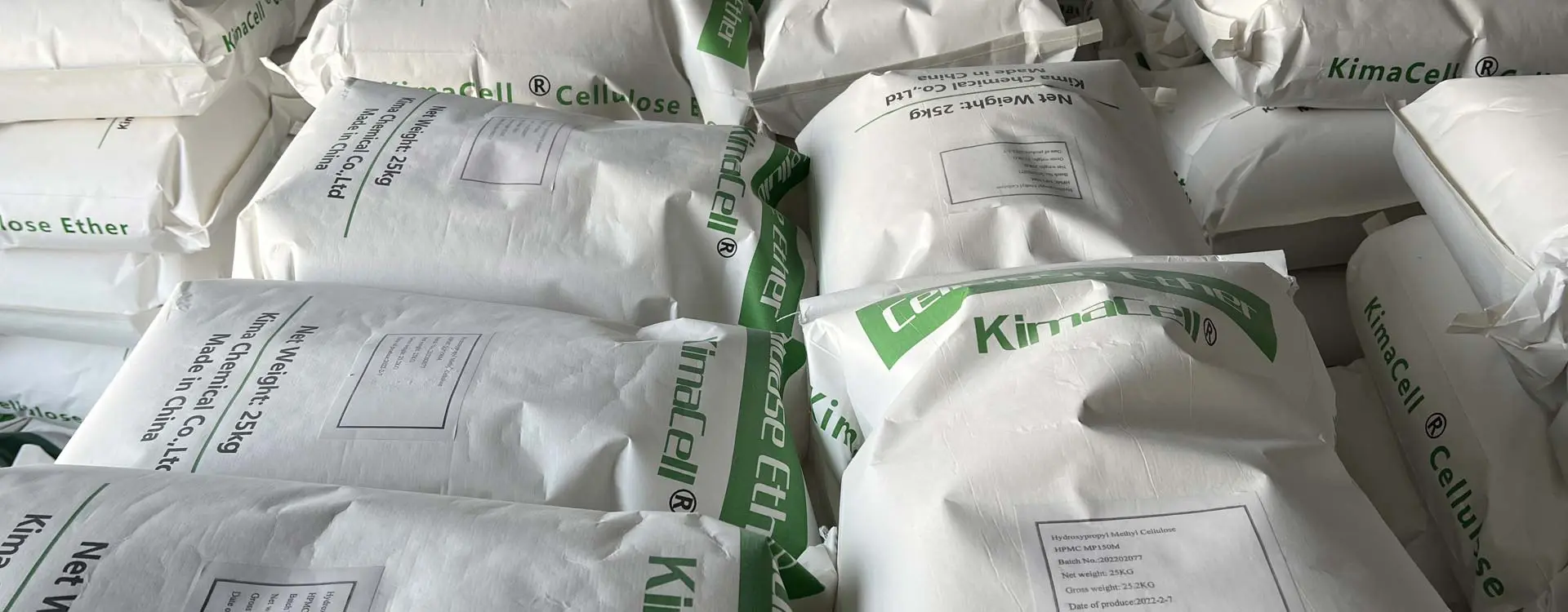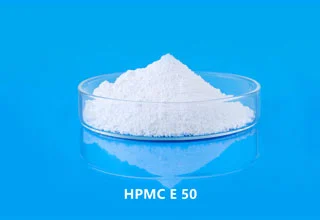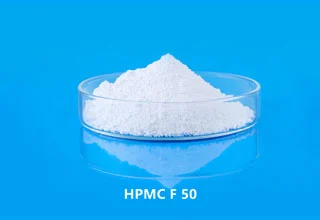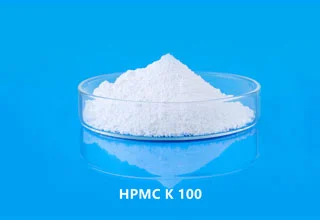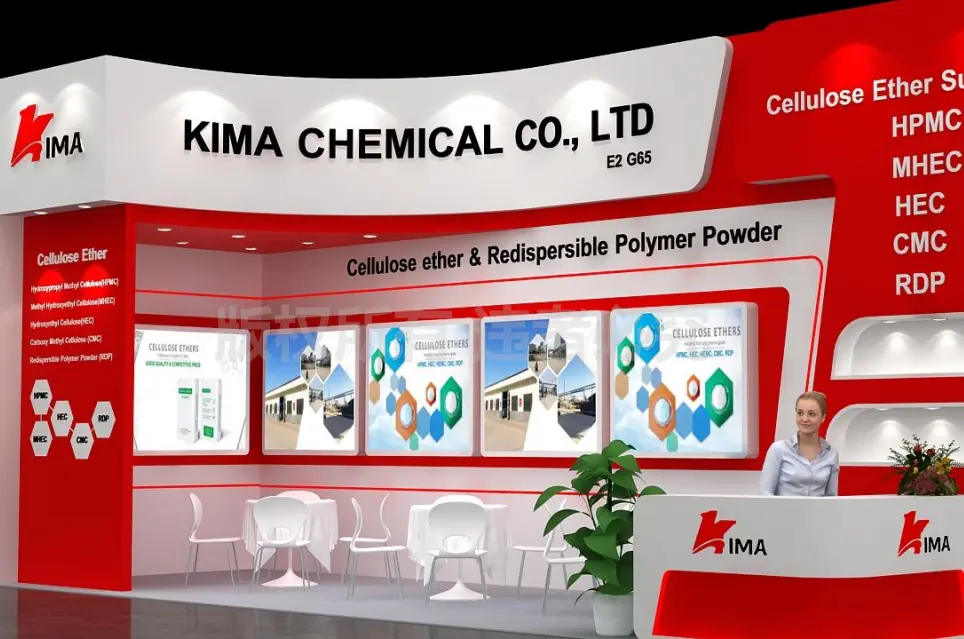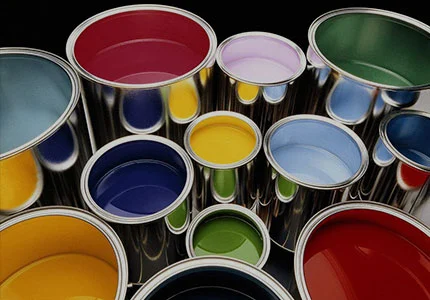HPMC (Hydroxypropyl Methyl Cellulose) is a commonly used additive in the manufacturing of PVC (polyvinyl chloride) products. Some of the advantages of using HPMC in PVC include:
Improved dispersion:
HPMC is an effective dispersant for PVC resins, improving the dispersion of the resin particles in the solvent. This can result in a more homogeneous mixture and improved quality and consistency of the PVC products.
Better flow properties:
HPMC can improve the flow properties of PVC resin solutions, making it easier to control the flow during processing and improve the properties of the final product.
Increased viscosity:
HPMC can increase the viscosity of the PVC resin solution, providing better control over the consistency and properties of the final product.
Improved adhesion:
HPMC can improve the adhesion between the PVC and other substrates, such as wood, metal, or concrete. This can be particularly useful in construction and other applications where PVC is used as a coating or adhesive.
Non-toxic and safe:
HPMC is non-toxic and safe for use in food packaging, medical products, and other applications where human health is a concern.
Water retention:
HPMC has the ability to retain water, which can improve the workability and handling properties of the PVC resin solution during processing.
Reduces pinholes:
HPMC can help to reduce the formation of pinholes or other defects in the PVC products, resulting in a smoother and more consistent surface finish.
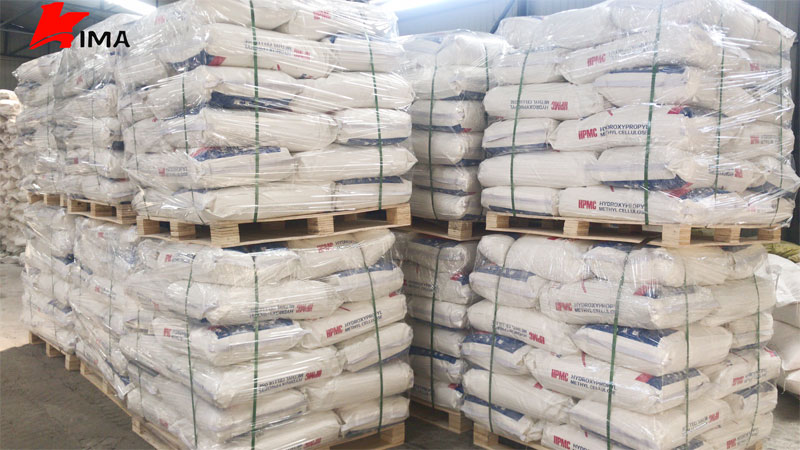
 English
English 日本語
日本語 français
français Deutsch
Deutsch Español
Español italiano
italiano русский
русский português
português العربية
العربية Türkçe
Türkçe Nederland
Nederland
